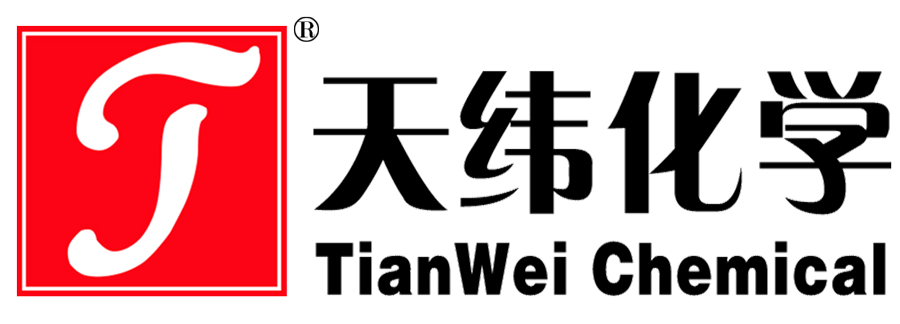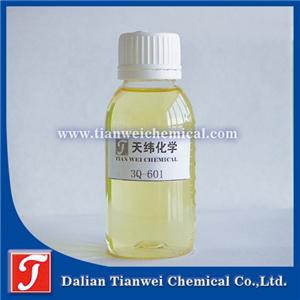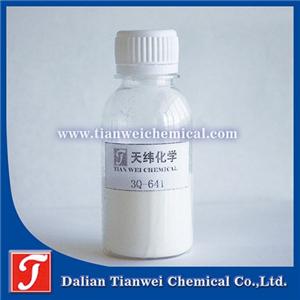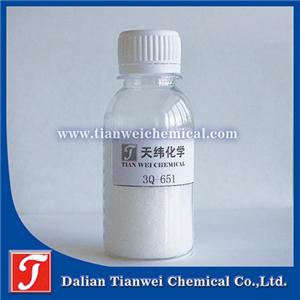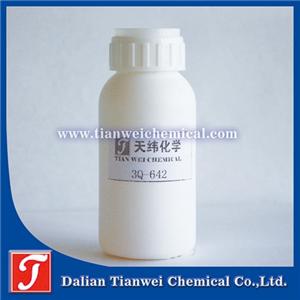The 0-level anti-mold agent for PE wood-plastic is long-lasting and effective
PE wood-plastic anti-mold agent is a chemical additive specifically designed to inhibit the growth of mold in PE wood-plastic composite materials. Its core function is to prevent the performance decline of materials due to mold by destroying the cell structure of mold or interfering with the metabolic process, thereby extending the service life and enhancing the application value. The following is an introduction from four aspects: component types, mechanism of action, application advantages, and product selection
I. Component Types
Inorganic metal ions: With silver, copper, zinc and other metal ions as the core components, they penetrate into the microorganisms, destroy the cell structure and cause protein denaturation, achieving a bactericidal effect. This type of fungicide has long-lasting effects, but the dosage needs to be controlled to avoid the problem of metal ion residue.
Organic compounds: These include organic molecules such as quaternary ammonium salts and imidazolinones, which restrict the growth and reproduction of microorganisms by inhibiting their metabolic processes. This type of component can effectively prevent the germination of mold spores and the expansion of mycelium, and has good compatibility with materials.
Bio-based type: Utilizing plant extracts or microbial fermentation products (such as essential oils, bio-peptides) as active ingredients, it provides a gentle and efficient anti-mold solution by taking advantage of its natural antibacterial properties. This type is friendly to the environment and human health and conforms to the trend of green development.
Ii. Mechanism of Action
Cell structure destruction: Metal ions and some organic molecules can penetrate the cell membrane of microorganisms, causing cytoplasmic leakage and leading to the death of microorganisms. For instance, zinc ions can competitively inhibit the synthase reaction in the cell wall, thereby disrupting the integrity of the fungal cell wall.
Genetic material interference: Specific components can attach to the DNA/RNA of microorganisms, blocking their replication and transcription processes, and fundamentally inhibiting the life cycle of molds. This mode of action is irreversible and has a long-lasting anti-mold effect.
Metabolic system inhibition: Organic compounds disrupt the energy production system of microorganisms by inhibiting the activity of key enzymes, thereby weakening their viability. For instance, imidazolinone can block the respiratory chain reaction of molds, forcing them to decline.
Iii. Application Advantages
Performance protection: PE wood-plastic without anti-mold treatment can lose 20% to 40% of its weight due to mold after one year of outdoor use, while the loss can be controlled within 1.1% after adding anti-mold agents. Fungicides can prevent the decomposition of wood fibers and maintain the mechanical strength and surface integrity of the material.
Delayed aging: The reproduction of mold will accelerate the aging of the plastic substrate, leading to problems such as discoloration and embrittlement. Fungicides indirectly delay the damage to materials caused by environmental factors such as ultraviolet rays and moisture by inhibiting the activities of microorganisms, thereby extending their service life.
Reduced maintenance costs: Fungicides can keep the material surface clean and reduce the frequency of cleaning and maintenance. For instance, after the wood-plastic walkway project in a certain scenic area adopted anti-mold flooring, the annual cleaning cost was reduced by 60% and the complaint rate of tourists dropped by 85%.
Application scenario expansion: According to different environmental requirements, the formula of the fungicide can be customized. For instance, garden walkways need to be resistant to water washing and ultraviolet rays, and nano-composite fungicides can be used. For bathrooms and kitchens, low-volatility and environmentally friendly fungicides are required. Products with low toxicity (LD50>5000mg/kg) and compliance with EU certification can be selected.
Iv. Key Points for Product Selection
Anti-mold spectrum coverage: High-quality anti-mold agents have a broad-spectrum inhibitory effect on common molds such as Aspergillus Niger, Penicillium, and Trichoderma, while also taking into account the prevention and control of bacteria (such as Staphylococcus aureus) and yeast.
Environmental adaptability: Select products with matching characteristics such as temperature resistance, acid and alkali resistance, and water washing resistance based on the usage scenarios. For instance, for outdoor flooring, anti-ultraviolet aging type fungicides should be selected, and for cold storage environments, low-temperature resistant systems should be chosen.
Safety and environmental protection: Prioritize products that comply with the EU RoHS Directive, have low toxicity and no heavy metal residues. Bio-based fungicides have more advantages in food contact or indoor confined space applications due to their natural properties.
Processing compatibility: The fungicide should be compatible with the processing techniques of PE wood-plastic composites (such as extrusion and injection molding) to avoid affecting the material's fluidity or the appearance of the finished product. Some products need to be used in combination with surfactants to improve dispersibility.
